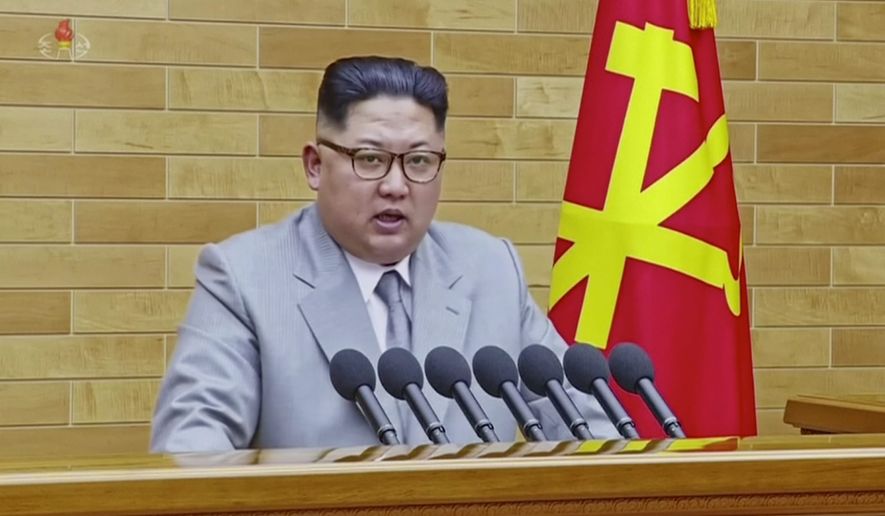The North Korean regime is closing the gap in developing critical technologies needed to create and field a long-range ballistic missile capable of reaching the U.S., forcing the Pentagon to assume those capabilities are already within Pyongyang’s reach, the nation’s No. 2 military officer said Tuesday.
North Korean weapons developers “have made some strides” toward resolving major engineering hurdles impeding the country’s regime from fielding a full-fledged intercontinental ballistic missile, said Vice Chairman of the Joint Chiefs of Staff Gen. Paul Selva.
With a range of nearly 500 miles, the North Korean Hwasong-7 short-range ballistic missile in use by Korean forces can capably strike targets as far as southwest Japan, while the No Dong-class medium-range ballistic missile puts all of Japan and surrounding island chains well within reach of the weapon’s 930-mile range.
But despite executing a number of high-profile test launches of its fledgling long-range ballistic missile arsenal, in the face of U.S. and international condemnation, there are still fundamental problems in the development program that prevent Pyongyang from deploying a missile that can reach the West Coast of the United States, the four-star general told reporters at a breakfast in Washington.
Specifically, North Korean engineers have not mastered the technology required to guide a long-range ballistic missile toward a target as far as the United States, or ensure the weapon can re-enter the earth’s atmosphere without coming apart at the seams, Gen. Selva said.
“It’s possible he has it. We have to place a bet that he has them,” the four-star general said, noting neither the U.S. military nor the intelligence community has confirmed any testing by Pyongyang to achieve those critical capabilities in its ballistic missile program.
The missile tests conducted thus far by North Korea have not been high or far enough to adequately test whether weapons engineers can successfully impart those two major pieces of technology onto its growing cache of short, mid and long-range ballistic missiles, the four-star general noted.
Despite the lack of verified testing by Pyongyang, Washington cannot afford to assume that required technology for the North’s missile program is not rapidly progressing,” Gen. Selva said.
“Nothing we have seen in [North Korea’s] testing program is the way we would do it, so it is possible although unlikely they have found a way to do the tests, without us knowing about it,” he said. “I cannot envision what that test would look like.”
His comments Tuesday come as the Pentagon takes a back seat to U.S.-led economic and diplomatic initiatives to shepherd through bilateral efforts between North and South Korea, in an attempt to soothe growing tensions on the peninsula and the larger region.
Seoul and Pyongyang are set to field a unified team of athletes in the upcoming Winter Olympics being held in the South Korean capital this month. The move was an unprecedented breakthrough in relations on the peninsula, setting the stage for potential diplomatic and security talks between both nations in the future.
• Carlo Muñoz can be reached at cmunoz@washingtontimes.com.




Please read our comment policy before commenting.